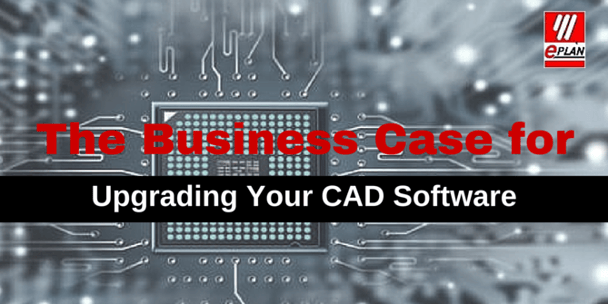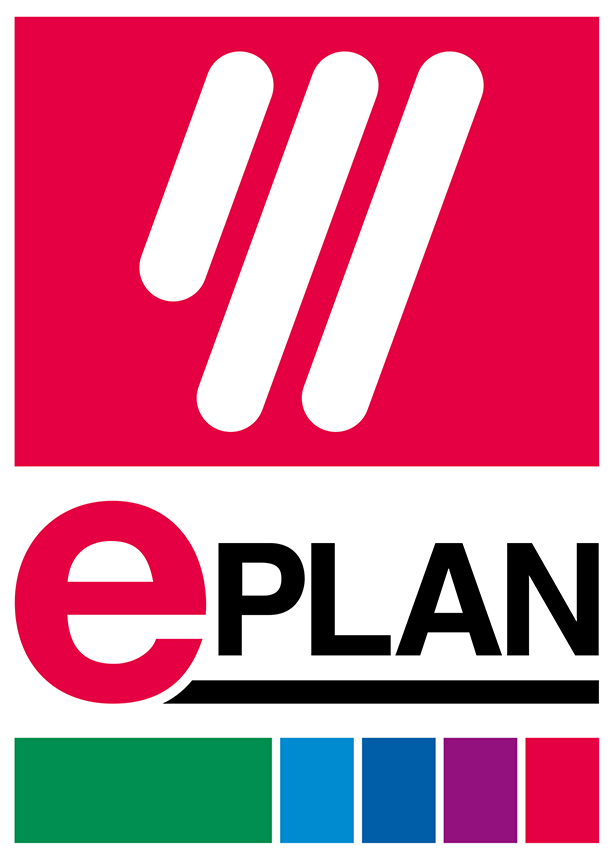
The connected factory, Industry 4.0, The Industrial Internet of Things (IIOT), the Connected Enterprise, mechatronics. Whatever you call the future of manufacturing, it is clear that it is advancing…and rapidly. The ability to connect the design process to all aspects of production is ground zero in your ability to keep pace with these changes.
While upgrading your tools is an expenditure you’d rather not deal with, there is a solid business case for transitioning to high functioning computer-aided engineering (CAE) design software. We’re going to look at the value of systems that utilize the power of your database-driven software in this discussion.
Why database-driven software?
Data is the fuel that propels today’s design and manufacturing environment. If you’re going to digitize your design, it only makes sense to build a system that ties in directly to that fuel source.
Here are some reasons why a high functioning, database driven system pays for itself in time and labor efficiencies.
Cross-functional
Traditional computer-aided design (CAD) software can’t share data, which necessitates a great deal of manual (and redundant) data entry, cross-referencing and error-checking. For example, with CAD, once you create the graphical schematics you still need to put together a table-based Microsoft Excel to create parts lists. Not only is that a low-value use of an engineer’s time, but also the potential for error is very high. Today’s advanced CAE programs have automated these and many other non-value-added tasks like wire numbering and device tagging. Engineers can complete assignments that once took days or weeks in a fraction of the time. Having a database-driven system also means few if any errors survive to the manufacturing stage or beyond, where they are significantly more costly to fix.
Archiving
Having CAE that sits on top of your database means you can build a library of standardized product content, as well as their respective documentation. With this capability, you can reduce project planning overheads, and simplify production while improving engineering quality.
Transparency
With this high functioning database-driven approach, the data doesn’t just fuel the design, but integrates into other departments allowing them to monitor a project’s progress for more accurate customer quotes, more timely and cost-effective stocking of components and more reliable production and delivery scheduling.
Streamlined Interaction with Stakeholders
The data flow created within a project isn’t only beneficial within your system, but can be used to communicate with customers and third party vendors. Project files can be exported to customers and reimported with changes to speed up revisions and approvals, and exported to subcontractors to shorten delivery times. Select systems also allow engineers to import component data directly from vendor catalogues right into the schematics.
3D Prototyping
Fueling 3D modeling software with your data allows you to prove a design prior to manufacturing.
Manufacturing Synergy
Working within a connected factory means that systems can talk to each other. This connectivity allows for interaction between man and machine as well. This allows for the automation of the production process and a faster turnaround time, with uniform results every time.
These are just a few of the numerous ways that high functioning database-driven CAE software can boost productivity, reduce errors and bring faster to market capabilities to your enterprise. For a deeper analysis, download our white paper, “Computer-Aided Engineering: The Future is Now.”




